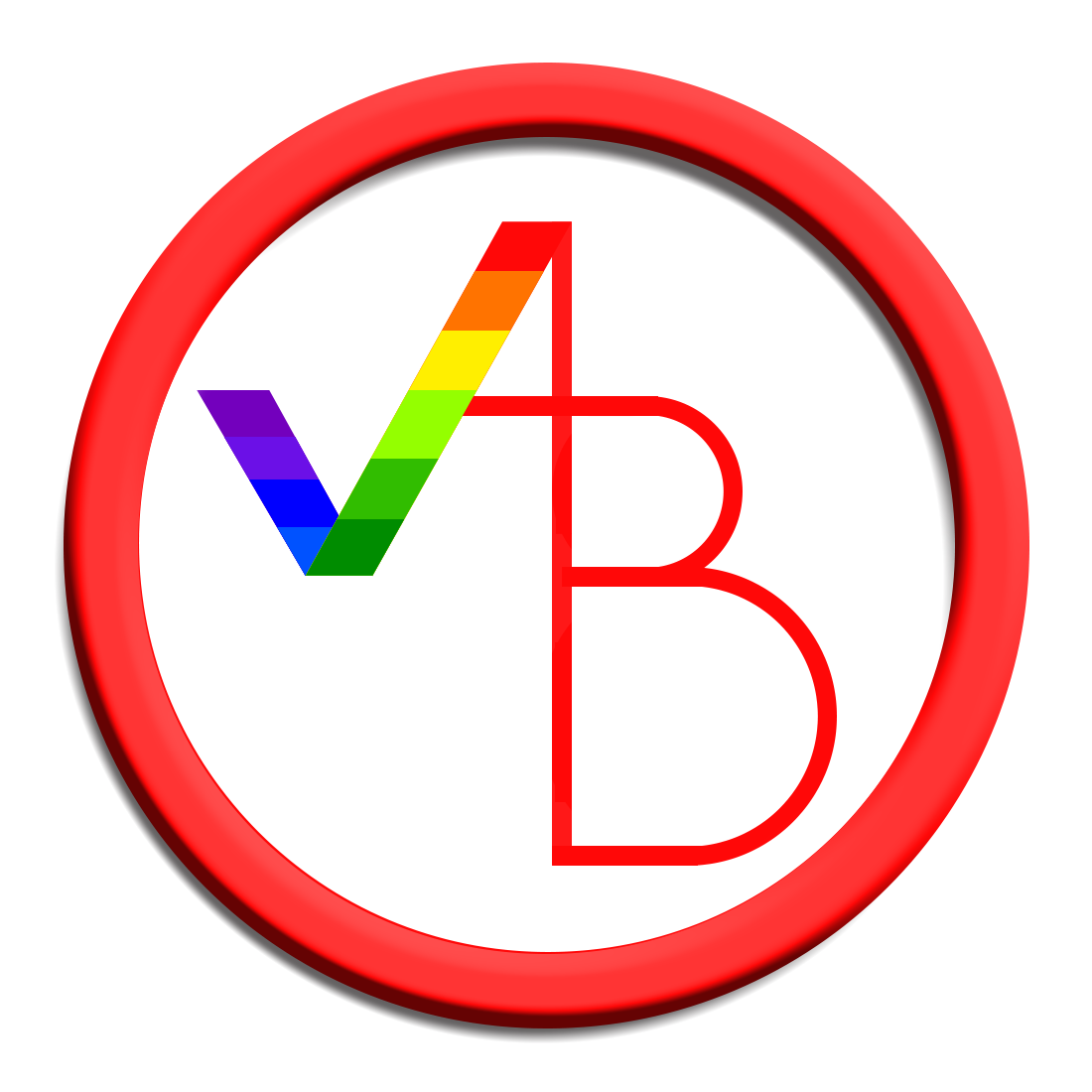Copenhagen.
The next speaker in this COST298 session is Simona Isabella. She notes how the mobile phone as a technology that crosses public and private spheres can be seen as an embodiment of contemporary society. Overall, the meaning technological artefacts assume depends on internal technical as well as external social factors; technologies are socially shaped, within the constraints imposed by technological possibilities, and may ultimately even be domesticated - but in different ways by different groups.
Mobile telephony history shows these developments: in Japan, for example, the humble pager evolved into a medium for interactive text communication, while the landline picture phone in the US failed because of concerns over privacy. Today, the emerging broadband society can be described as a society of perpetual contact; the mobile phone embodies and enacts this. By adding Internet access features, it transforms telephony from one-to-one to one-to-many; additionally, the use of social networking sites through mobile devices heightens the always-in-touch nature of contemporary society.












